
Ragavan
Date
Topics
Share
Among the most recent technological developments are augmented reality (AR) and virtual reality (VR), which have the potential to revolutionize the way we interact with the world around us. These technologies offer unique and immersive experiences that allow us to see, hear, and feel things in ways that were once impossible. In this blog article, we’ll explore the basics of AR and VR, how they work, and the ways in which they’re transforming the way we live and work. This blog post will discuss multi-cloud, why organizations need it, multi-cloud management and optimization techniques and how they can help streamline your cloud infrastructure.
Multi-cloud is an IT strategy that involves using two or more cloud providers to meet different business needs. The multi-cloud approach helps organizations avoid vendor lock-in, improve resilience, and leverage the unique capabilities of each cloud provider. The most common multi- cloud configurations are:
A combination of public and private clouds that work together to provide a seamless computing environment.
The use of multiple public cloud services from different vendors to provide redundancy and flexibility.
Cloud computing has become an essential technology for organizations of all sizes. Cloud computing offers significant benefits such as flexibility, scalability, and cost-effectiveness. With a hybrid cloud model, where organizations use a combination of public and private cloud resources, there is often a need for secure and performant connectivity between different cloud environment.
In such scenarios, private dedicated network connections can help to achieve both performance and security. Cloud Service Providers (CSPs) offer several options for dedicated network connections that enable organizations to connect their on-premises data centers or private clouds to their public cloud environments securely.
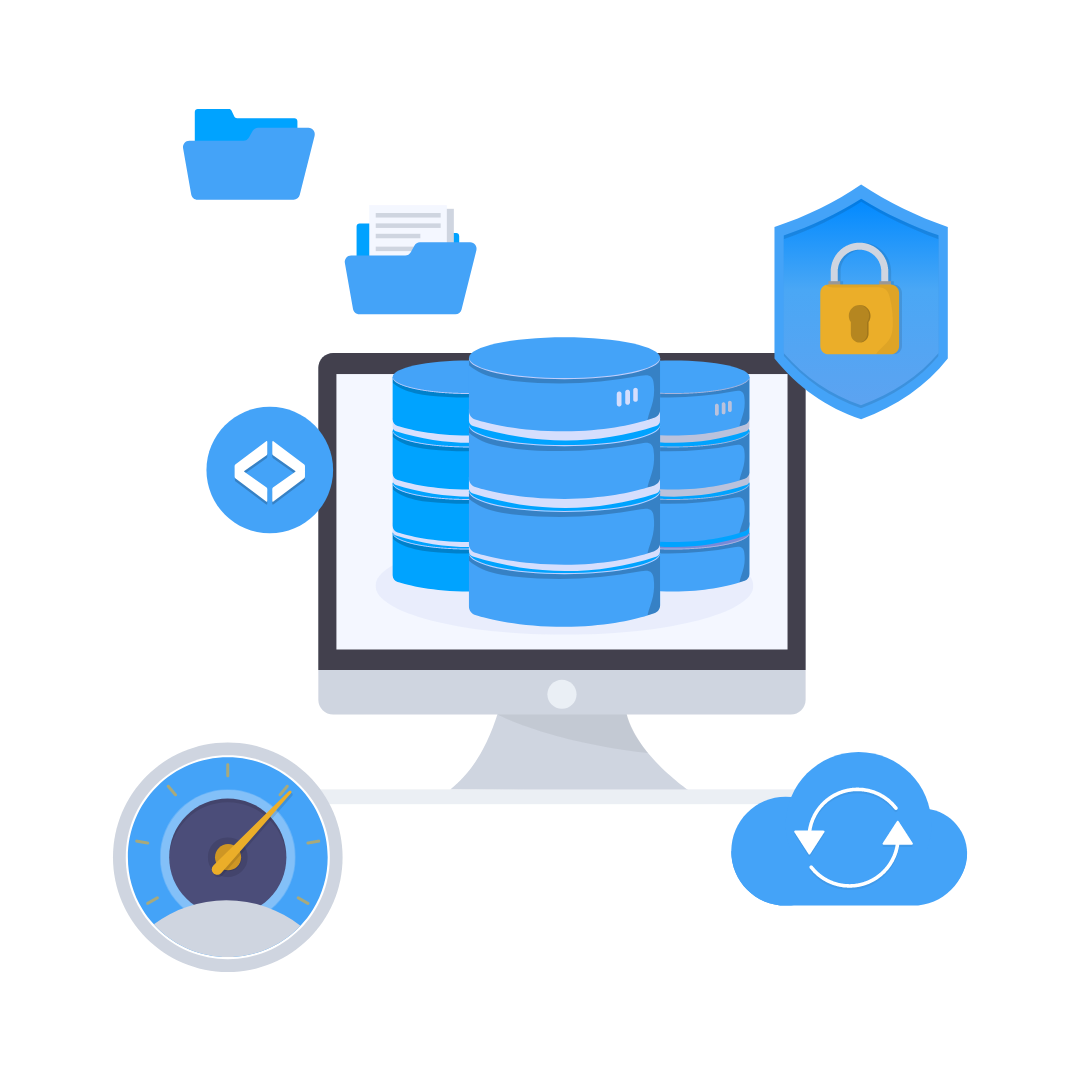
Direct Connect and ExpressRoute are two such options, provided by Amazon Web Services (AWS) and Microsoft Azure, that provide dedicated, high- bandwidth connections between different cloud environments. These connections offer several benefits, such as, Improved performance, Enhanced security, Cost savings, Scalability.As organizations grow and their cloud infrastructure becomes more complex, they may face challenges such as vendor lock-in, limited features, and high costs.That’s where multi-cloud comes in. Multi-cloud is the use of multiple cloud service providers (CSPs) to build a comprehensive cloud infrastructure. Let’s take a closer look at some of the reasons why organizations need multi-cloud.
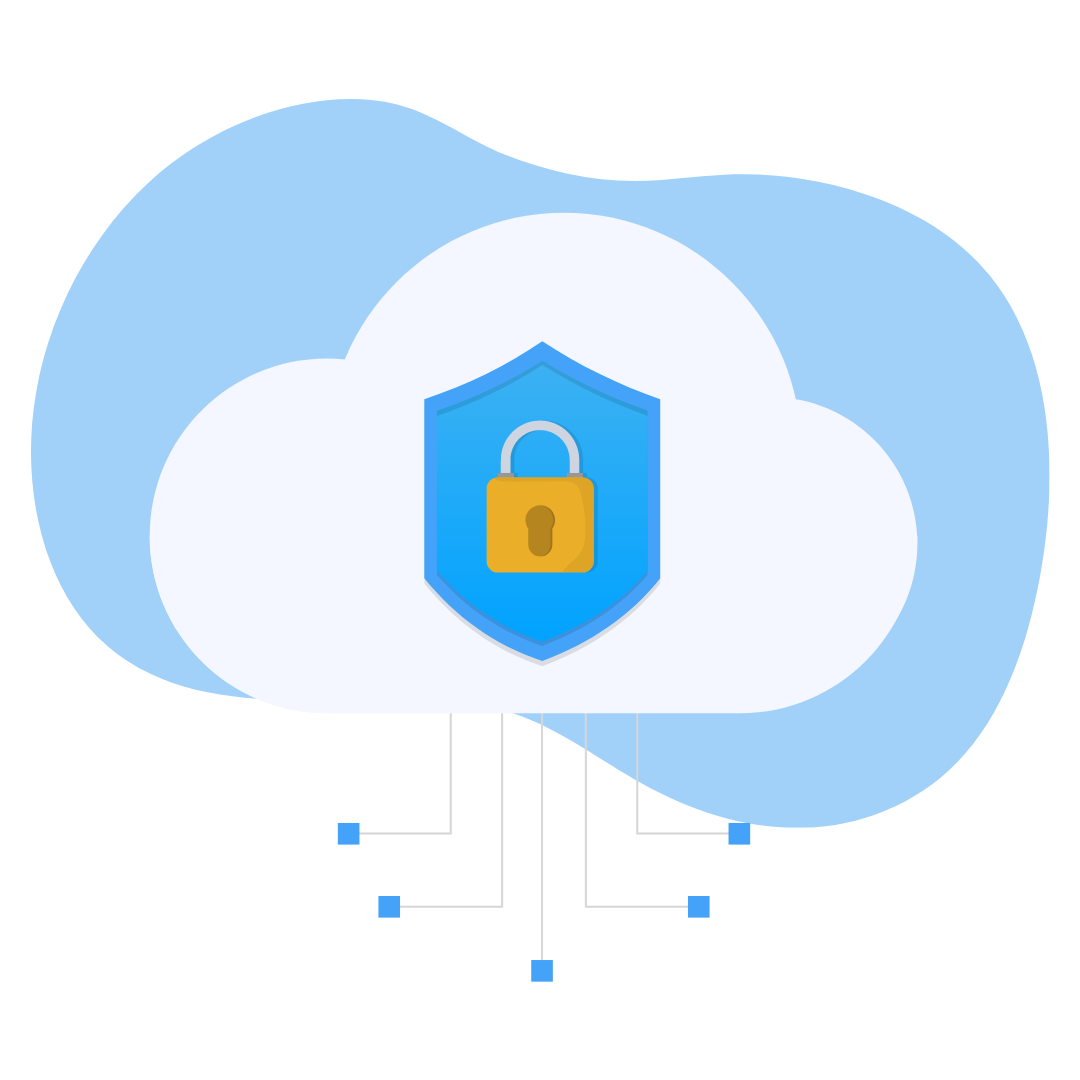
One of the primary reasons why organizations need multi-cloud is to meet the specific needs of their clients. Different clients have different preferences for cloud service providers, and by using multiple CSPs, organizations can cater to a broader range of clients.
Many organizations have legacy applications that were built for a specific cloud platform. By using multi-cloud, they can continue to use these applications while also taking advantage of new cloud technologies.
In the event of a disaster, it’s critical for organizations to have a backup plan in place. By using multi-cloud, organizations can replicate their data across multiple CSPs, ensuring that they have a backup in case of a disaster.
Vendor lock-in is a common challenge that organizations face when using a single CSP. By using multiple CSPs, organizations can avoid being locked into a single vendor and have more leverage in negotiations.
Cost is always a concern for organizations, and by using multi-cloud, they can take advantage of the strengths of each CSP while minimizing their weaknesses. For example, they can use one CSP for storage and another for computing, resulting in a more cost-effective cloud infrastructure.
Different CSPs have different compliance requirements. By using multi-cloud, organizations can ensure that they meet the specific compliance requirements of their industry.
Cloud agnostic services such as containers and Kubernetes enable organizations to build and deploy applications across multiple cloud platforms without being tied to a specific vendor. They provide flexibility, cost savings, and seamless migration capabilities, making them an ideal choice for achieving cloud agnosticism. As organizations adopt cloud computing, cloud agnostic services will become increasingly important for building and deploying applications in a multi- cloud environment.
Containers are a form of virtualization that provides a lightweight, portable, and isolated environment for running applications. They can be built once and deployed anywhere, making them ideal for organizations that want to achieve cloud agnosticism. One of the most popular container technologies is Docker, which enables developers to package their applications along with all the necessary dependencies and run them consistently across different environments. Docker images can be deployed across multiple cloud plaforms, enabling organizations to be truly cloud agnostic.
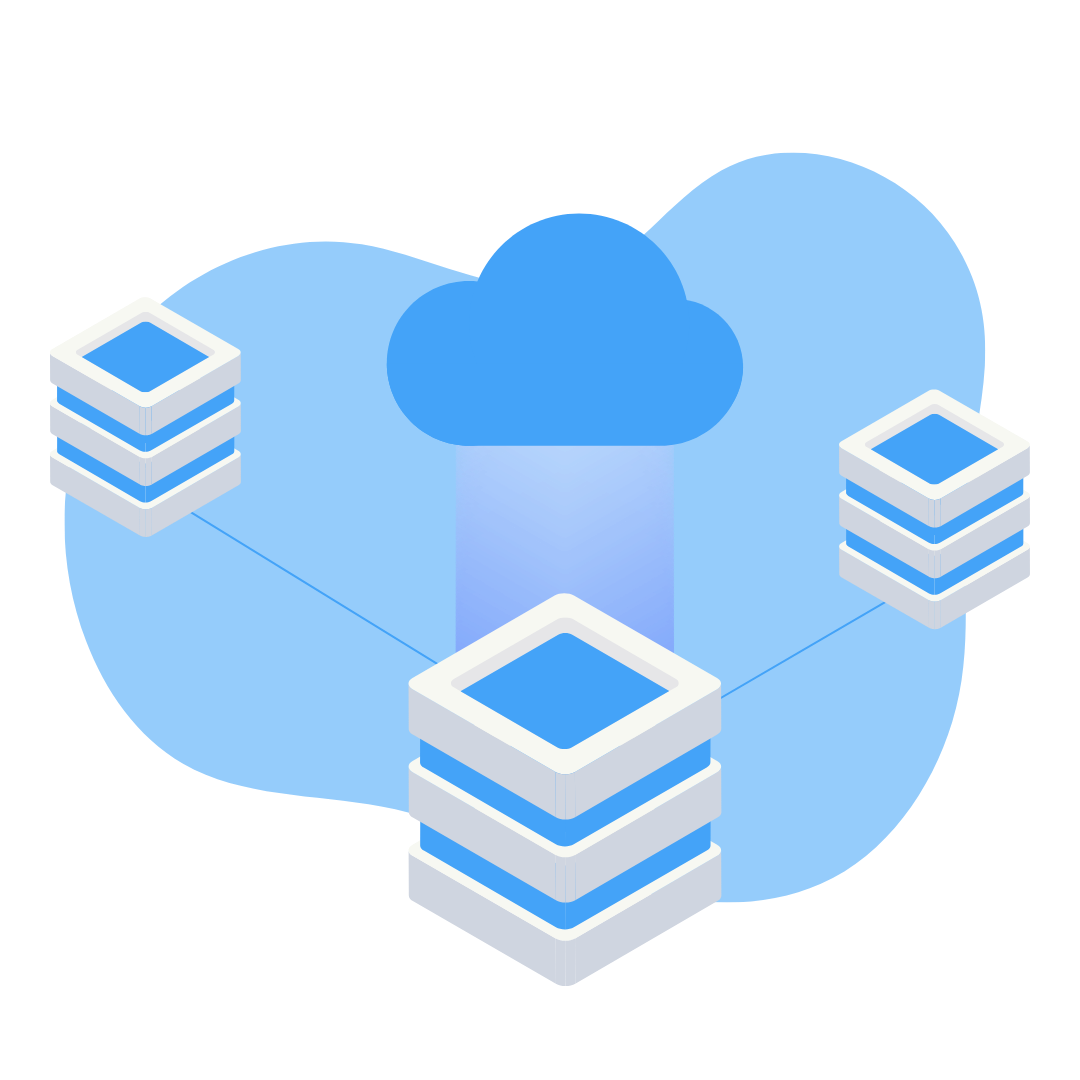
Kubernetes is an open-source container orchestration platform that enables organizations to manage and deploy containerized applications across multiple cloud platforms. It provides a consistent platform for managing and scaling containers, making it easier for organizations to achieve cloud agnosticism. With Kubernetes, organizations can deploy their applications across different cloud platforms without having to worry about the underlying infrastructure.
Managing multiple clouds can be challenging due to the complexity of the infrastructure and the variety of services offered by different cloud providers. Multi-cloud management is the process of overseeing and optimizing the infrastructure, applications, and data spread across multiple clouds. The goal of multi-cloud management is to ensure consistent performance, security, and cost optimization. Here are some multi-cloud management Strategies that can help streamline your cloud infrastructure:

Cloud management platforms (CMPs) are tools that provide a single-pane-of-glass view of an organization’s entire cloud infrastructure, regardless of the cloud providers they are using. CMPs allow organizations to manage their cloud resources, including application deployment, service provisioning, monitoring, and cost optimization, from a single interface. CMPs help simplify the management of multi-cloud environments and improve operational efficiency. They provide a unified view of the infrastructure and enable organizations to monitor performance, security, and compliance across multiple clouds.
Cloud governance is the process of establishing policies, procedures, and controls to ensure that the cloud environment is secure, compliant, and optimized for cost and performance.Governance is critical in a multi-cloud environment, as it helps organizations maintain consistency and enforce best practices across multiple clouds.
Cost optimization is a critical component of cloud management, as cloud costs can quickly spiral out of control in a multi-cloud environment. Organizations need to take a strategic approach to cloud cost optimization, which involves:

Cloud cost optimization can help organizations save significant amounts of money while improving the efficiency of their cloud infrastructure.
Multi-cloud optimization involves ensuring that applications and data are deployed in the most efficient way across multiple clouds. Optimization is critical in a multi-cloud environment, as it helps organizations avoid performance issues, downtime, and data loss. Here are some multi-cloud optimization techniques that can help streamline your cloud infrastructure:
Load balancing involves distributing network traffic across multiple servers to improve performance and avoid overloading any single server. In a multi-cloud environment, load balancing can help organizations balance traffic across multiple clouds and ensure consistent performance. Load balancing can be achieved using hardware load balancers or cloud-native load balancing solutions provided by cloud providers.
Different CSPs have different strengths and weaknesses when it comes to performance, cost- effectiveness, and scalability. Optimizing workloads across multiple CSPs can help to take advantage of the strengths of each CSP and improve performance while reducing costs.For example, an organization may choose to host its compute-intensive workloads on a CSP that offers high-performance computing (HPC) capabilities, while hosting its storage-intensive workloads on a CSP that offers cost-effective storage options. This approach can help to reduce costs while improving performance.
Cost management is an essential aspect of multi-cloud optimization. Organizations need to ensure that they are using cloud resources in a cost-effective manner. Cloud cost management tools can help organizations to identify areas where costs can be reduced and optimize resource allocation.Cost management tools can identify instances that are running 24/7 but are only used during business hours, and can recommend shutting down these instances outside of business hours to reduce costs. Cost management tools can also identify underutilized instances and recommend downsizing or terminating these instances to reduce costs.
Implementing multi-cloud security strategies can help organizations to improve security and compliance across multiple clouds. Multi-cloud security strategies involve implementing consistent security policies across multiple clouds, using encryption to protect data in transit and at rest, and monitoring for security threats across multiple clouds. Implementing multi- cloud security can help organizations to ensure that data is secure and compliant with regulatory requirements across multiple clouds.
Cloud orchestration involves automating the process of deploying and managing resources across multiple clouds. Cloud orchestration can help organizations to optimize resource allocation, improve performance, and reduce costs by automating the process of deploying and managing resources across multiple clouds.Cloud orchestraon tools can help organizaons to deploy and manage resources across multiple clouds automacatically, saving me and reducing the likelihood of errors.Cloud orchestration tools can also help to opmtimize resource allocaon by automatically allocating resources based on workload demand.

Cloud bursting is a technique that involves using additional resources from a CSP to handle sudden increases in demand. Cloud bursting can help organizations to improve performance and reduce costs by allowing them to scale up resources when they are needed. Cloud bursting involves setting up an auto-scaling policy that automatically allocates additional resources when demand exceeds a certain threshold. The auto-scaling policy can be set up to use resources from a different CSP, allowing organizations to take advantage of the strengths of multiple CSPs.
As cloud technology continues to evolve, it is essential for organizations to stay on top of multi- cloud
optimization techniques to remain competitive and ensure that their cloud infrastructure is efficient and
effective. Multi-cloud optimization is critical for organizations that are leveraging multiple cloud service
providers. By implementing multi-cloud management and optimization techniques, organizations can achieve
significant benefits in terms of performance, cost- effectiveness, and security. By taking a comprehensive
and strategic approach to multi-cloud management and optimization, businesses can streamline their cloud
infrastructure, improve their bottom line, and focus on their core business goals. With the right techniques
in place, organizations can focus on delivering value to their customers, rather than worrying about
managing and optimizing their cloud resources.
Cloud Destinations is an industry leader with a wide range
of expert teams who helps businesses to implement the cutting-edge technologies in their core systems and
helps them to achieve their business goals.
Check our website at https://clouddestinations.com for
further details or write to us at info@clouddestinations.com for any query.

Ragavan
Date
Topics
Share
However, it quickly became apparent that blockchain technology could be used for much more than just digital currencies. In fact, it has the potential to disrupt many industries and enhance security in various ways. In this article, we will explore the basics of blockchain technology, the industries that it disrupting, and how it is enhancing security.
At its core, a blockchain is a decentralized, digital ledger that records transactions in a secure and transparent way. Each block in the chain contains a list of transactions and a unique code, called a hash, which identifies the block and links it to the previous block. This creates a chain of blocks that cannot be altered without changing the entire chain.
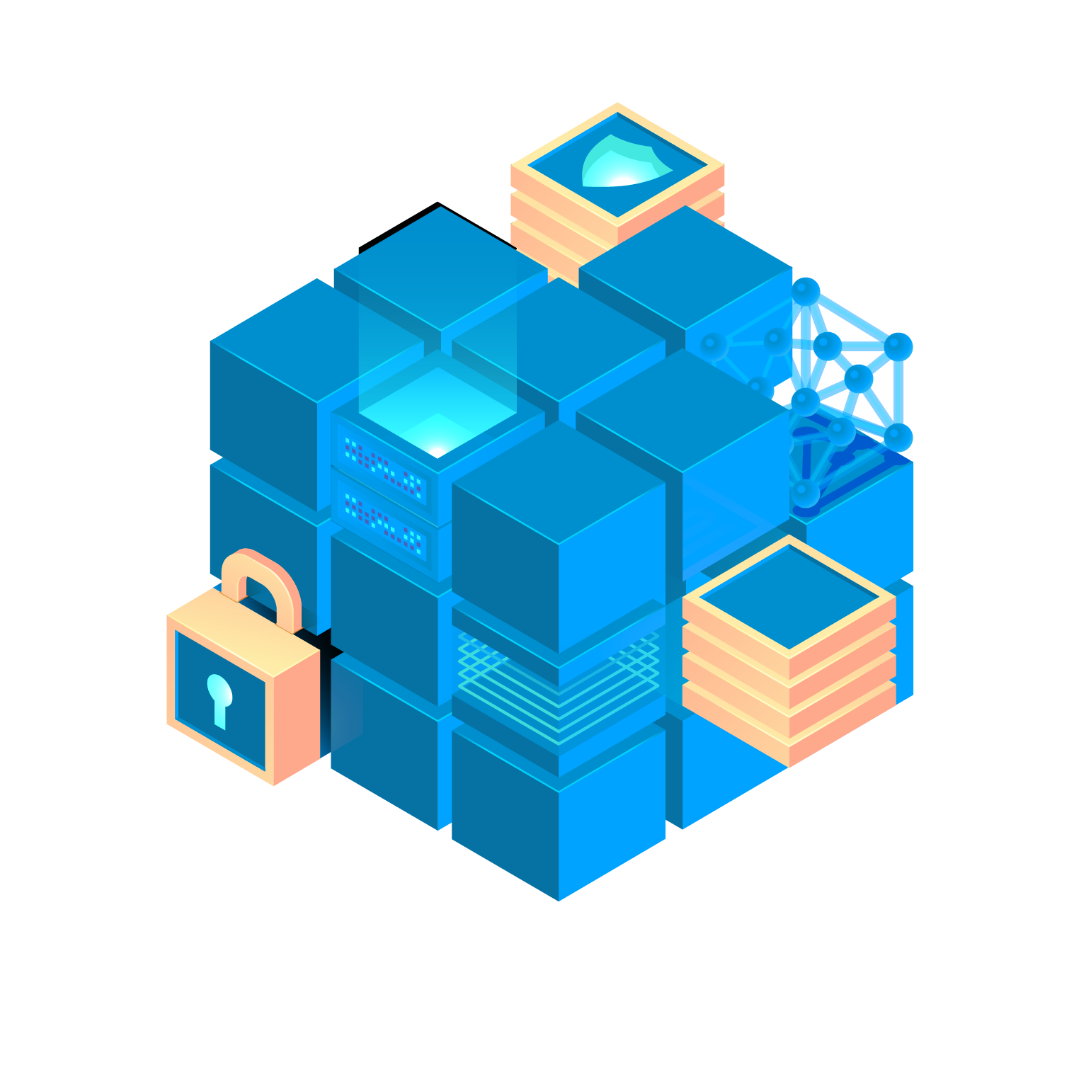
In a traditional centralized system, transactions are processed and stored by a central authority, such as a bank or government agency. With blockchain technology, transactions are verified and processed by a network of computers, called nodes, which are spread out across the world. This decentralized system means that no single entity has control over the network, making it more secure and transparent. When a transaction is initiated on a blockchain network, it is broadcast to all nodes on the network. Each node then verifies the transaction using complex algorithms, ensuring that it is valid and in compliance with the rules of the network. Once verified, the transaction is added to a block, which is then added to the chain. This process is known as mining, and the nodes that perform it are called miners. Miners are incentivized to participate in the network by being rewarded with cryptocurrency for their work
One of the most significant disruptions caused by blockchain technology is in the finance industry. The decentralized nature of blockchain technology makes it an ideal solution for creating a transparent and secure financial system. In traditional financial systems, transactions are processed and verified by banks, which function as intermediaries between parties. This system can be slow, expensive, and prone to fraud. With blockchain technology, transactions can be processed faster and more securely, without the need for intermediaries. Blockchain technology is already being used for a range of financial applications, including digital currencies, payment systems, and smart contracts
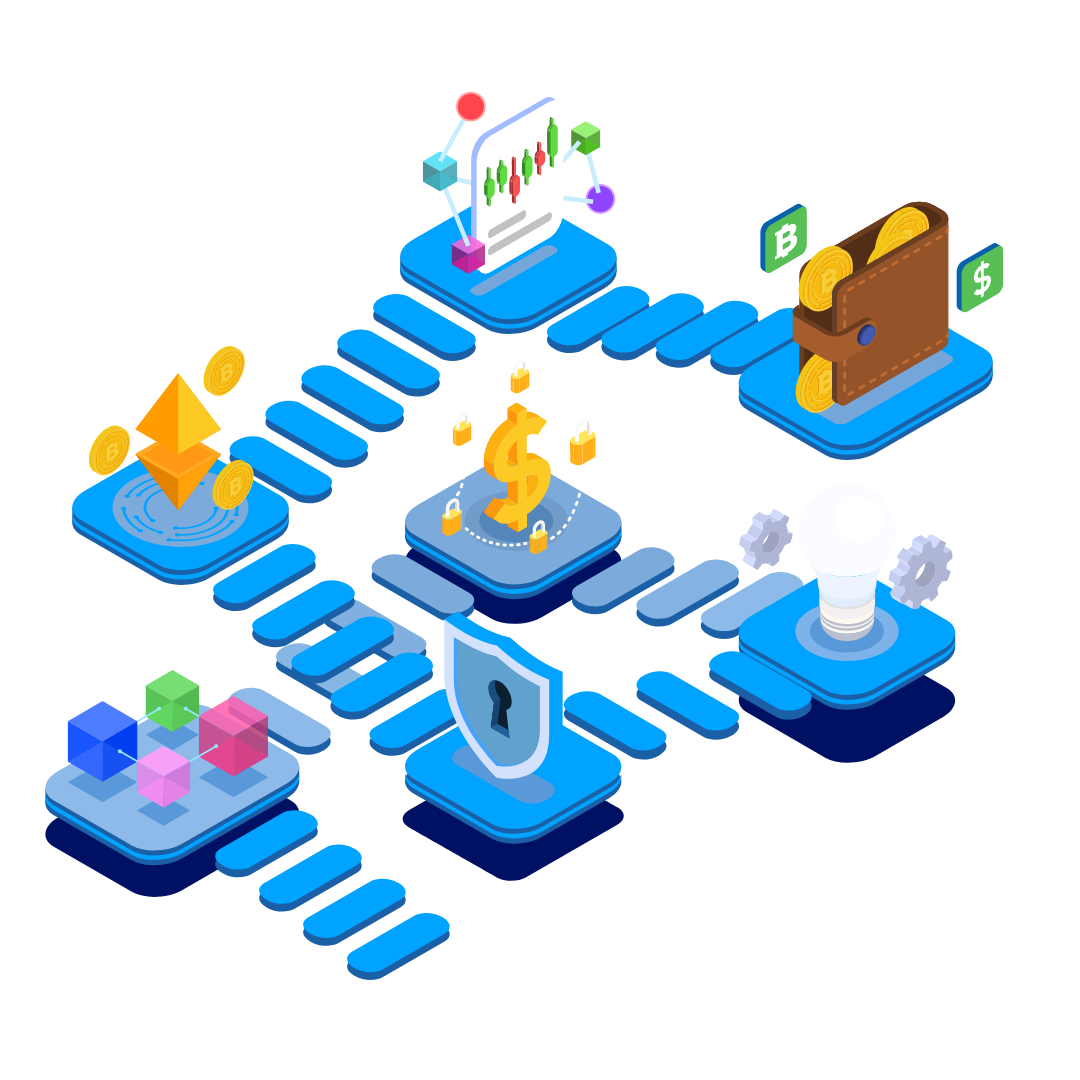
Blockchain technology is also disrupting the healthcare industry by providing a secure and transparent way to manage patient data. The current system for managing patient data is highly fragmented, with data stored in different systems that are often not interoperable. This makes it difficult for healthcare providers to access and share patient data, which can lead to errors and delays in treatment. With blockchain technology, patient data can be stored securely and shared across different healthcare providers in a transparent and efficient way. Patients can have control over their own data, giving them the ability to share it with whomever they choose. This can help to reduce errors and improve patient outcomes. Blockchain technology is already being used in healthcare for a range of applications, including medical record management, clinical trials, and drug supply chain management. In medical record management, blockchain technology can help to create a single source of truth for patient data, making it easier to access and share. In clinical trials, blockchain technology can help to ensure the integrity of trial data, reducing the risk of fraud. In drug supply chain management, blockchain technology can help to ensure the authenticity of drugs and prevent counterfeit drugs from entering the market.
Blockchain technology is also transforming supply chain management by increasing transparency and traceability. In traditional supply chains, it can be difficult to trace the origin of products, making it hard to identify and address issues such as counterfeiting, theft, or unethical practices. With blockchain technology, supply chain data can be recorded and tracked from the point of origin to the end consumer, ensuring transparency and accountability throughout the entire supply chain.
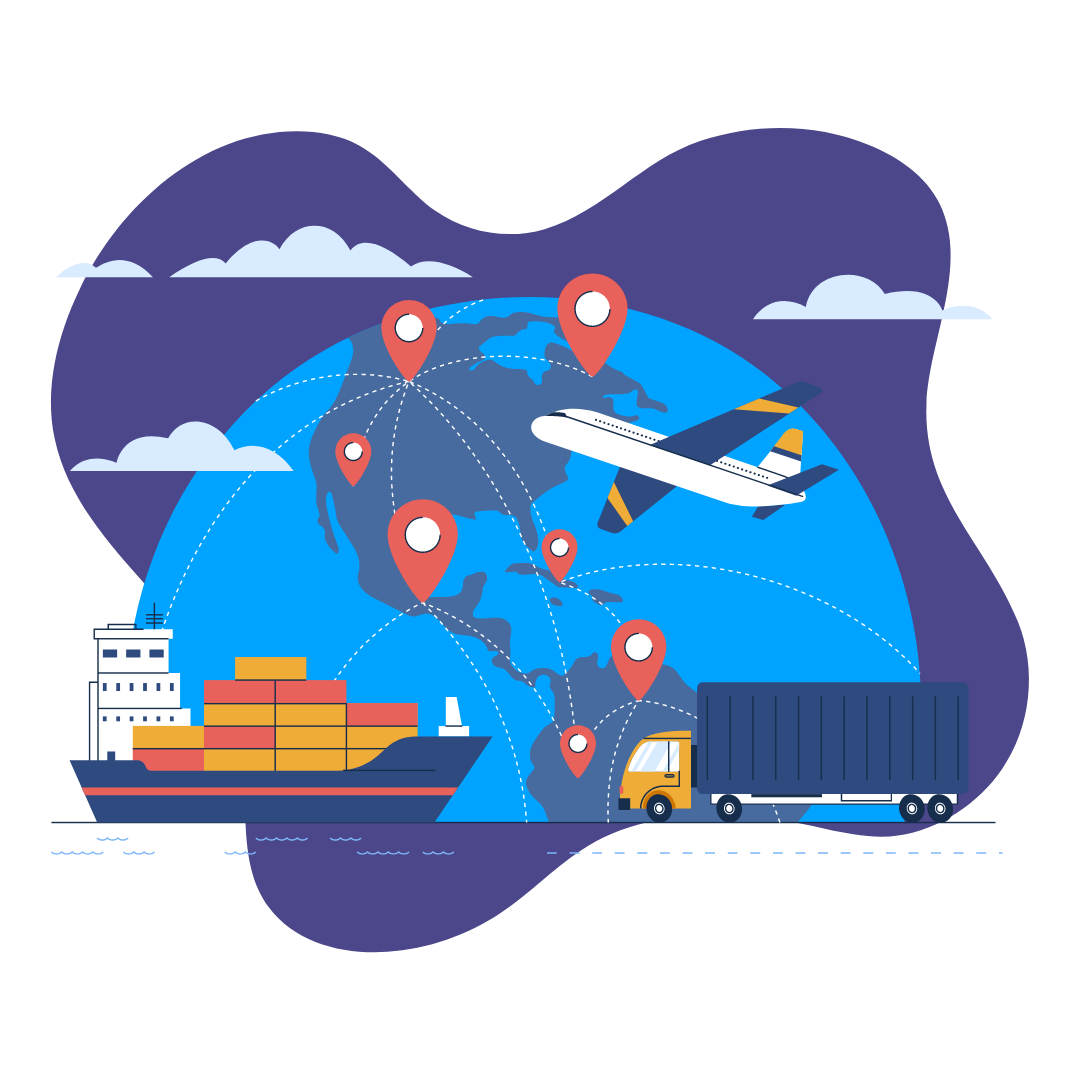
Blockchain technology is also disrupting the real estate industry by increasing efficiency and reducing costs. In traditional real estate transactions, there are many intermediaries involved, including real estate agents, lawyers, and title companies. This can result in high fees and delays in the process. With blockchain technology, transactions can be completed faster and more Blockchain technology can also help to address issues such as property fraud and title disputes. By recording property ownership data on a blockchain, it is possible to ensure that ownership records are accurate and cannot be tampered with. This can help to prevent fraudulent activity and reduce the risk of disputes over property ownership.
Blockchain technology is also being explored as a solution for secure and transparent voting systems. The decentralized nature of blockchain technology makes it difficult for anyone to manipulate or tamper with voting data. By recording votes on a blockchain, it is possible to create a transparent and auditable record of the voting process. Blockchain-based voting systems are already being used in some countries, such as Estonia, where it is possible to vote online using a blockchain-based system. While there are still concerns about the security and reliability of blockchain-based voting systems, they offer a promising solution to the issues of voter fraud and election tampering. Blockchain technology is already being used for a range of financial applications, including digital currencies, payment systems, and smart contracts. Digital currencies, such as Bitcoin and Ethereum, have become increasingly popular as an alternative to traditional currencies. Payment systems, such as Ripple and Stellar, use blockchain technology to facilitate faster and cheaper cross-border payments. Smart contracts, which are self-executing contracts with the terms of the agreement directly written into code, can automate many financial transactions, reducing the need for intermediaries.
One of the key benefits of blockchain technology is its ability to enhance security. By using complex cryptographic algorithms, blockchain technology can ensure that data is secure and tamper-proof.
Blockchain technology ensures that records cannot be altered once they are added to the chain. This means that it is impossible to tamper with data on the blockchain without changing the entire chain. This makes it an ideal solution for applications that require secure and immutable records, such as financial transactions or medical records.

Blockchain technology operates on a distributed network of nodes, which means that data is stored in multiple locations. This makes it much harder for hackers to breach the system, as they would need to gain access to multiple nodes simultaneously.
Blockchain technology uses complex encryption algorithms to ensure that data is secure. This makes it much harder for hackers to access or manipulate data on the blockchain.
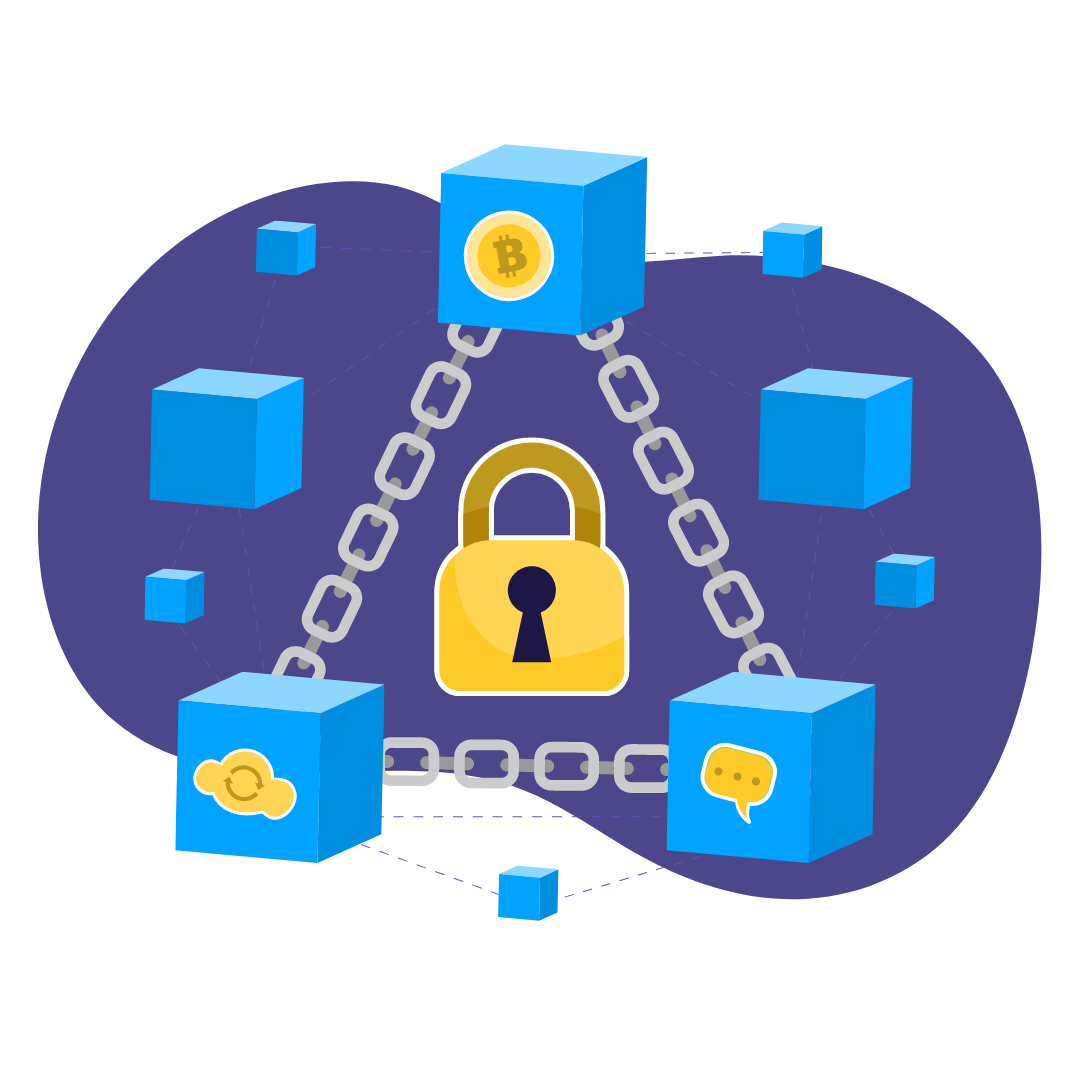
Smart contracts are self-executing contracts with the terms of the agreement written into code. They can automate many processes, reducing the need for intermediaries and increasing security. Smart contracts are temper-proof and cannot be altered once they are added to the blockchain, ensuring that all parties are held accountable to the terms of the agreement.
Blockchain technology is transforming industries and enhancing security in many ways. Its decentralized and transparent nature makes it an ideal solution for creating secure and efficient systems in various fields, from finance to healthcare, supply chain management to real estate. The use of blockchain technology is still in its preliminary stages, and there are many challenges to be overcome. One of the biggest challenges is scalability, as blockchain technology can become slow and inefficient when it is processing large amounts of data. Another challenge is interoperability, as different blockchain networks may not be able to communicate with each other seamlessly. However, the potential benefits of this technology are immense, and it is clear that blockchain technology will continue to disrupt industries and enhance security in the years to come.
As blockchain technology continues to evolve and mature, it will be interesting to see how it is
adopted and integrated into various industries. The potential use cases for blockchain technology are vast,
and it has the potential to transform industries that have remained unchanged for decades. As more companies
and organizations begin to explore the potential of this technology, we can expect to see many more exciting
applications emerge in the years to come.
As blockchain technology continues to evolve and mature, it
will be interesting to see how it is adopted and integrated into various industries. The potential use cases
for blockchain technology are vast, and it has the potential to transform industries that have remained
unchanged for decades. As more companies and organizations begin to explore the potential of this
technology, we can expect to see many more exciting applications emerge in the years to come.
Cloud Destinations is an industry leader with a wide range of expert teams who helps businesses to implement the cutting-edge technologies in their core systems and helps them to achieve their business goals.
Check our website at https://clouddestinations.com for further details or write to us at info@clouddestinations.com for any query.

Ragavan
Date
Topics
Share
Machine learning is the art of teaching machines to learn from data, while deep learning is a subset of machine learning that uses artificial neural networks to enable machines to learn from large amounts of data. Both of these technologies have many real-world applications, from image recognition to natural language processing.
Machine learning is a subset of artificial intelligence that focuses on teaching machines to learn from
data. In traditional programming, developers write code that tells the computer what to do. In contrast, in
machine learning, developers provide the machine with data and algorithms to enable it to learn and improve
its performance over time. Machine learning algorithms are designed to detect patterns in data and use those
patterns to make predictions or decisions.
There are three main types of machine learning:
Supervised learning involves training a machine using labeled data, such as a dataset that includes images and their corresponding labels.
Unsupervised learning involves training a machine using unlabeled data, allowing the machine to identify patterns and relationships without human intervention.
Reinforcement learning involves training a machine to make decisions based on trial and error.Machine learning has numerous applications, including speech recognition, natural language processing, recommendation systems, and image recognition.

Deep learning is a subset of machine learning that uses artificial neural networks to enable machines to
learn from substantial amounts of data. Neural networks are modeled after the structure of the human brain,
and they are designed to learn and improve their performance over time.
Deep learning algorithms use multiple layers of artificial neurons to identify patterns and relationships in
data. These layers allow the machine to learn hierarchical representations of data, meaning that it can
identify more complex patterns and relationships as it moves through the layers. The more layers a neural
network has, the more complex patterns it can identify.
Deep learning has many real-world applications, including image and speech recognition, natural language
processing, and autonomous vehicles.
Machine learning and deep learning work by using algorithms that learn from data. The process typically involves several steps, including:
The first step in any machine learning or deep learning project is to collect data. The more data available, the more accurate the predictions or decisions the machine can make.
Once the data has been collected, it needs to be preprocessed to ensure that it is consistent and usable. This step may involve cleaning the data, transforming it into a usable format, and splitting it into training and testing sets.
After the data has been preprocessed, the machine learning or deep learning algorithm can be built. The algorithm is designed to identify patterns in the data and use those patterns to make predictions or decisions.
Once the model has been built, it needs to be trained using the training set. During training, the algorithm adjusts its parameters to minimize its error rate and improve its accuracy.
After the model has been trained, it needs to be tested using the testing set. The testing set is used to evaluate the performance of the model and ensure that it is accurate.
Once the model has been trained and tested, it can be deployed in a real-world application.
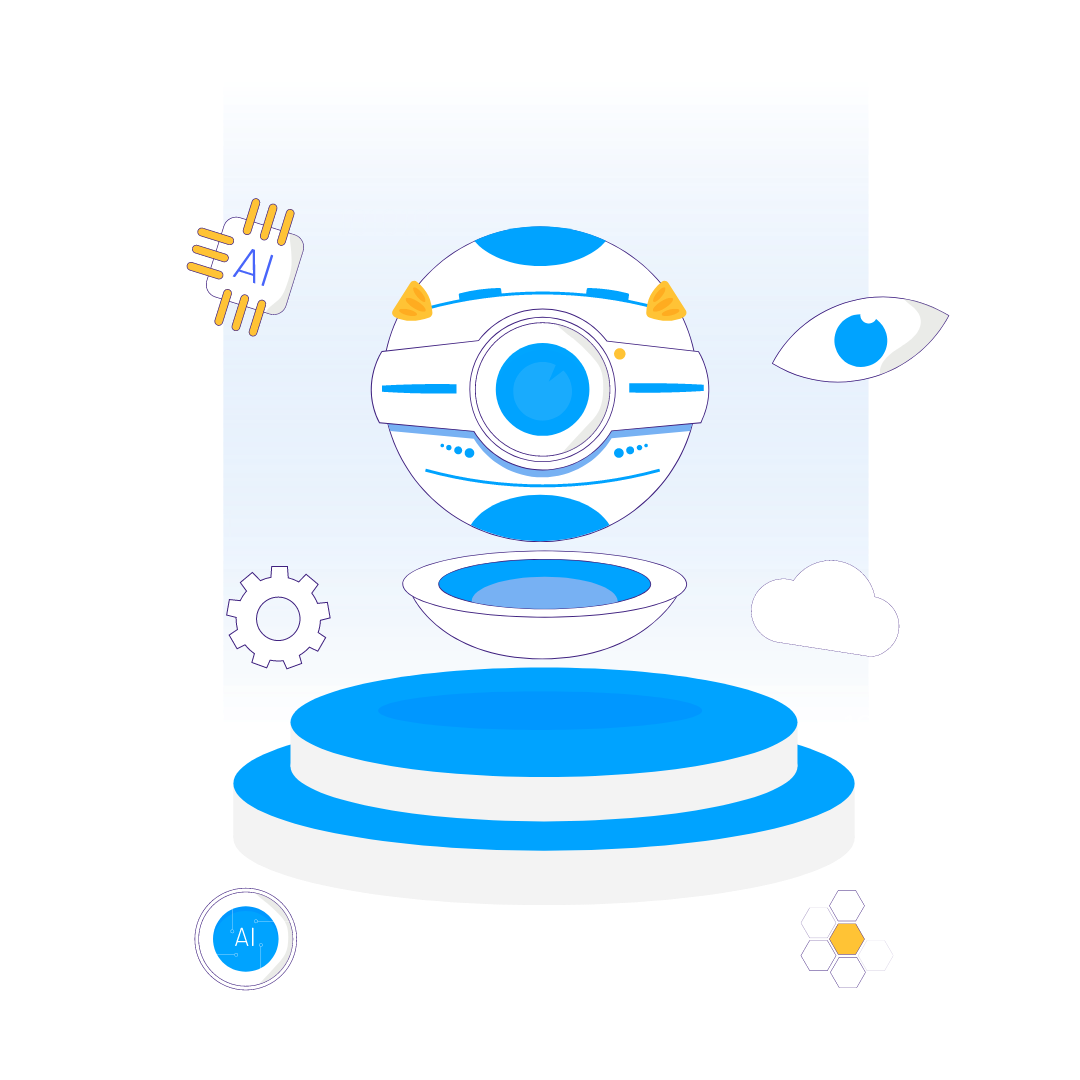
There are numerous benefits to using machine learning and deep learning, including:
Machine learning and deep learning algorithms can automate many tasks that would otherwise be done by humans.
Machine learning and deep learning algorithms can make more accurate predictions and decisions than humans in many cases.
By automating tasks, machine learning and deep learning can reduce costs and improve efficiency in various industries.
Machine learning and deep learning algorithms can be used to provide personalized recommendations and experiences to users based on their behavior and preferences.
Machine learning and deep learning algorithms can process large amounts of data quickly, allowing for real-time decision-making.
Deep learning algorithms can be used to recognize objects, faces, and actions in images and videos, making them essential for applications such as autonomous vehicles and surveillance systems.
Machine learning algorithms can be used to analyze and understand human language, allowing for applications such as chatbots, language translation
Machine learning and deep learning algorithms can be used to analyze patient data and medical images, helping doctors to make more accurate diagnoses and personalize treatment plans.
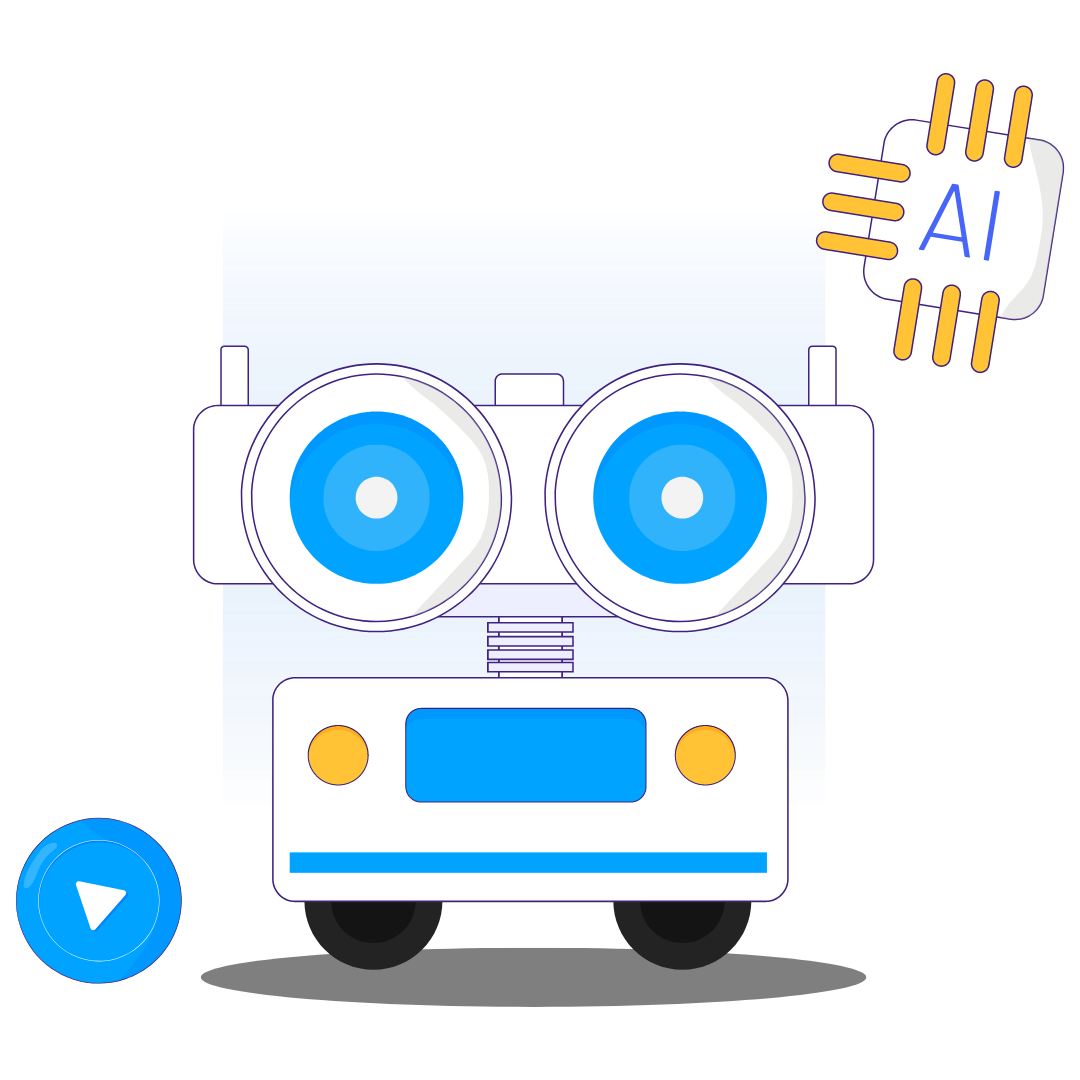
Machine learning and deep learning algorithms can be used to detect fraud and analyze financial data, helping companies to make more informed investment decisions.
Machine learning algorithms can be used to analyze customer behavior and preferences, allowing for targeted marketing campaigns and personalized recommendations.
While machine learning and deep learning have many benefits, there are also some challenges and limitations to consider.
Machine learning and deep learning algorithms require high-quality data to work effectively. If the data is biased, incomplete, or inaccurate, the algorithms may not be able to make accurate predictions or decisions.
Deep learning algorithms can be extremely complex, requiring large amounts of computational power and time to train and deploy.
Deep learning algorithms can be difficult to interpret, making it challenging to understand how they make their decisions.
Machine learning algorithms can sometimes overfit the training data, meaning that they are too specific to that data and may not generalize well to new data.
Machine learning algorithms can perpetuate bias and discrimination if the data used to train them is biased. This can have serious ethical implications in areas such as hiring, lending, and criminal justice.
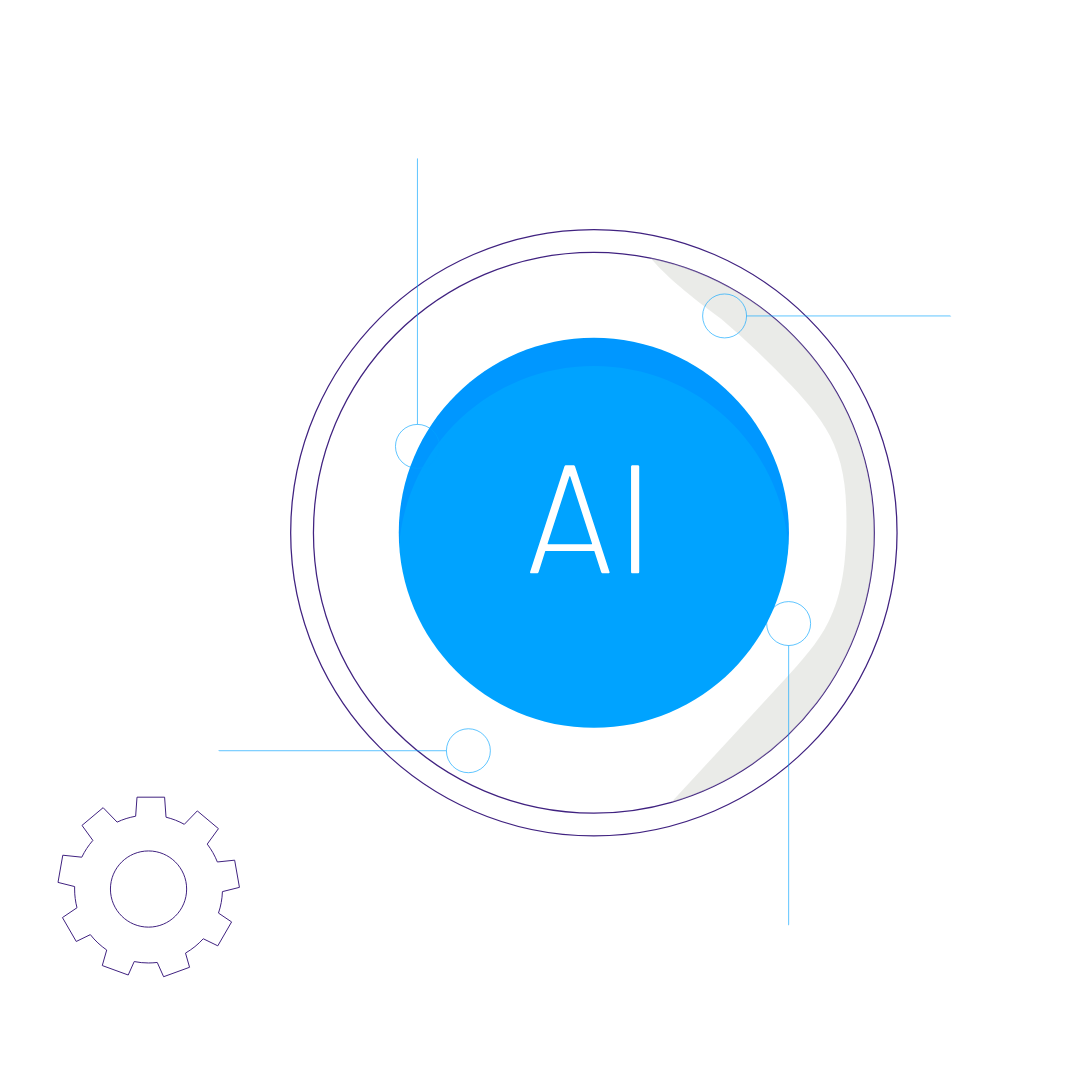
Machine learning and deep learning have revolutionized technology and have many real-world applications.
These technologies have the potential to automate tasks, improve accuracy, and reduce costs in various
industries. However, they also come with challenges and limitations, such as data quality, complexity,
interpretability, overfitting, and bias. As machine learning and deep learning continue to evolve, it is
essential to address these challenges and ensure that these technologies are used ethically and responsibly.
Cloud Destinations is an industry leader with a wide range of expert teams who helps businesses to implement
machine learning, deep learning technologies in their core systems and helps them to achieve the desired
results.
Check our website at https://clouddestinations.com for further details or write to us at info@clouddestinations.com for any query.

Ragavan
Date
Topics
Share
While the healthcare systems were down, cloud computing has emerged and helped healthcare systems march towards success by restructuring their business models. Cloud computing in healthcare has resulted in a dramatic shift in medical data collection, consumption, storage, and sharing. When it comes to enhancing data management procedures, the healthcare industry has come a long way from the days of conventional storage to now, due to the complete digitalization of healthcare data.
Cloud computing has proved to be beneficial in lowering operational expenses while allowing healthcare service providers to deliver high-quality and efficient treatment. Cloud also improves patient outcomes by encouraging patients to participate in their healthcare programs. Let’s see some of the key benefits of cloud computing in the healthcare industry.

Cloud computing enhances the collaborative work models for healthcare professionals and provides an "n" number of access points based on the requirements, which helps in faster completion of analysis and emphasizes better treatment. Using physical data servers manually will increase the operational costs and involve many statutory regulations. Instead of maintaining a physical server, users can easily avail IT services using cloud servers, which is very cost-effective.
Cloud computing provides unparalleled speed and faster data rendering that helps healthcare professionals access the data quickly and provide quality healthcare to those in need. Since healthcare industries are handling confidential data. Providing proper security is a crucial process, and cloud computing ensures safety by providing a variety of security tools that help the administrators easily spot and nullify security or data breaches from outsiders and make sure the customers' data is safe and sound.
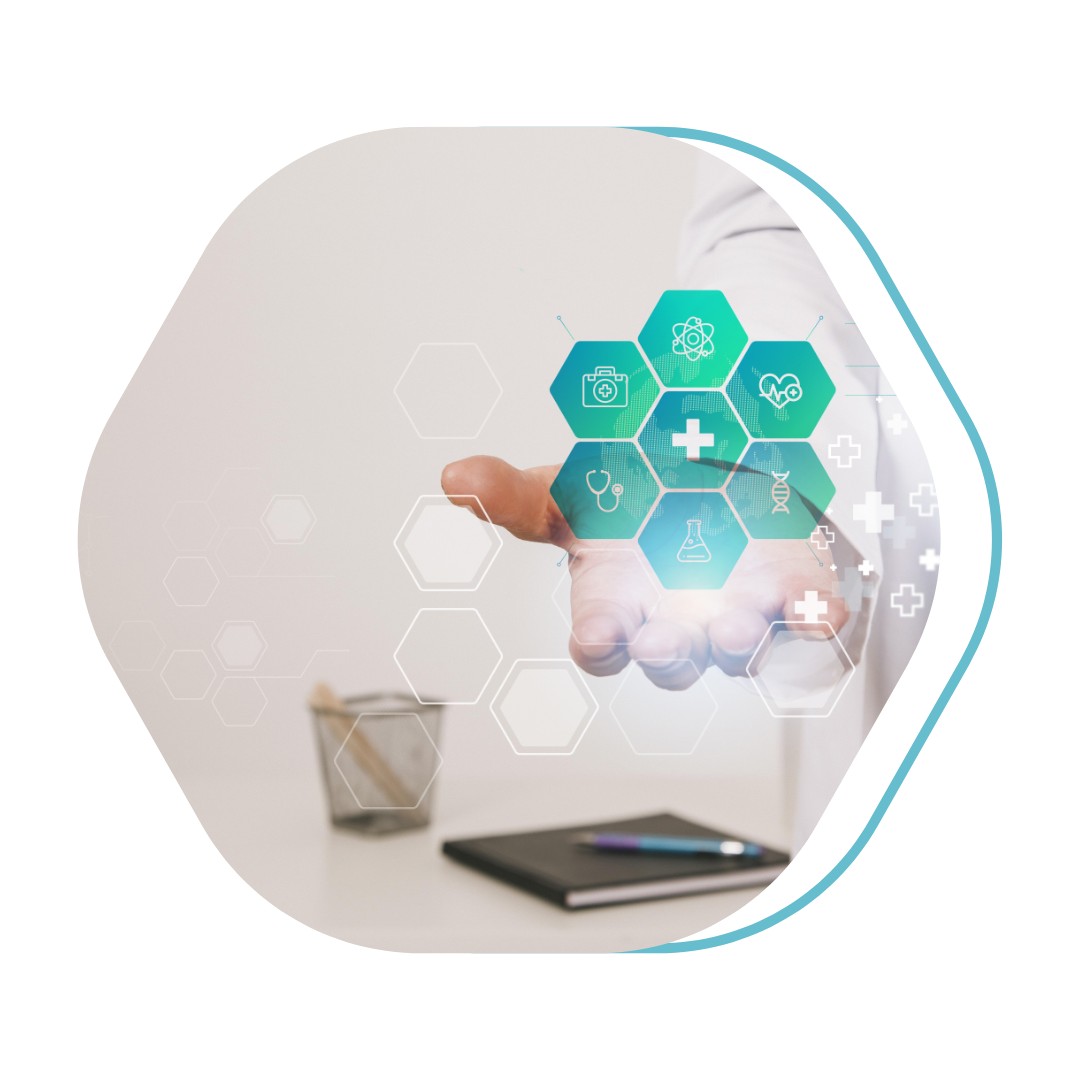

With a proper cloud computing infrastructure, every patient's data can be democratized across departments,organizations, and more. The democratization of healthcare data liberates both doctors and patients by eliminating local healthcare barriers.With proper implementation, the patient’s data improves interoperability between the doctors from various domains to break down into the report and provide efficient healthcare, avoid taking multiple reports, prevent report damage, and more.
Since the COVID-19 pandemic and social distancing norms forced many people to stay indoors, Cloud computing accelerated the growth of telemedicine by enabling doctors to virtually diagnose patients' regular health checkups. These virtual meetings have opened a new horizon in the healthcare industry by enabling hospitals to store the patients' data on cloud platforms. With this expansion, healthcare providers can set up regular meetings with patients, and the patients can attend those meetings in the comfort of their homes without having any fear. Likewise,healthcare providers can do extensive research with stored data using cloud platforms and help patients with ease.
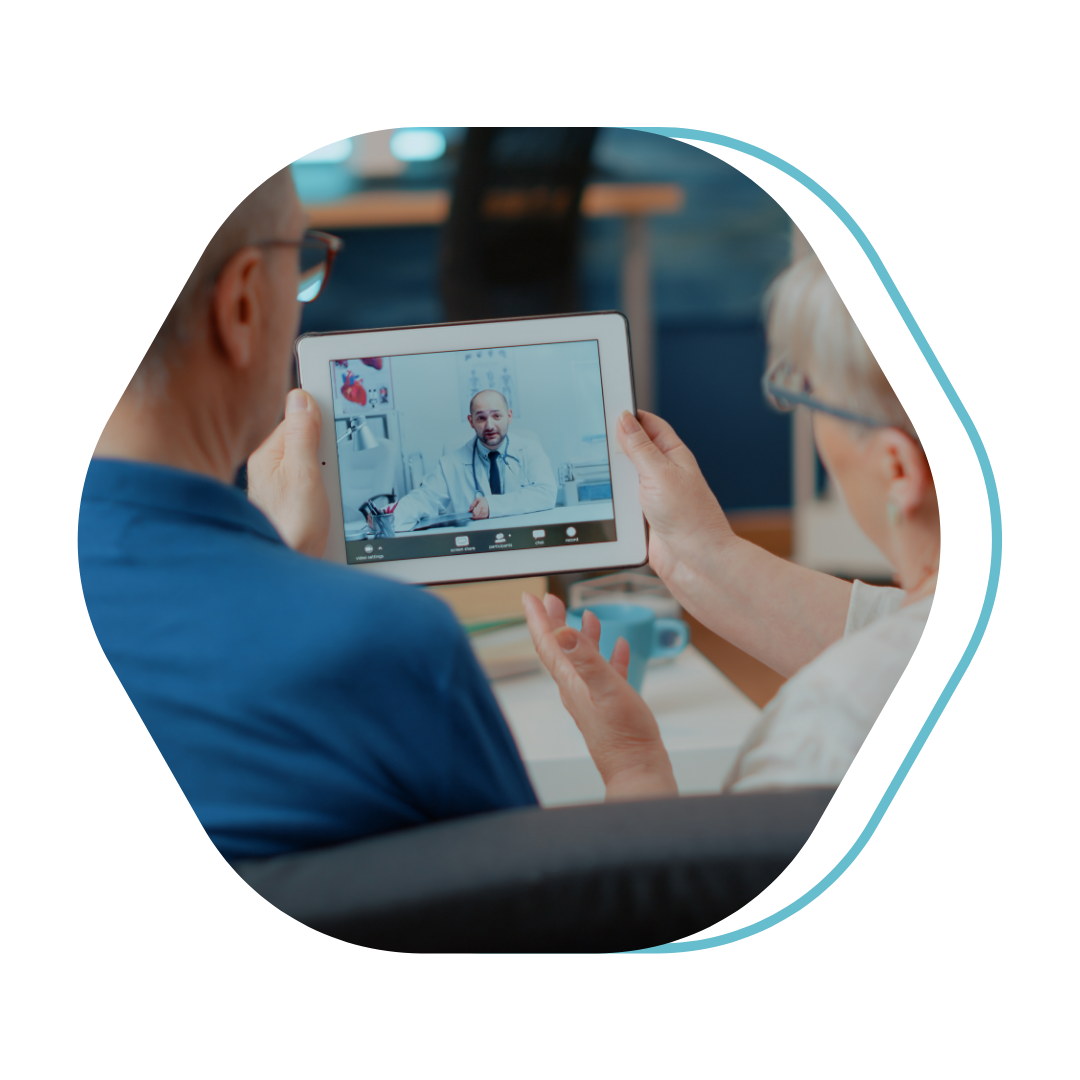

Physicians may improve patient participation by providing realtime access to medical data, test results, and even doctors' notes with the use of the cloud for healthcare. As patients become more educated about their health, they gain control over their health. Cloud computing also protects patients from being overprescribed or pulled into unneeded testing — information on both may be discovered in medical records.
With cloud computing, hospital CIOs (Chief Information Officers) perceive a significant potential to get longitudinal insights from all of this data to improve care delivery. Cloud solutions are care-agnostic, safe, and scalable, with the capacity to manage enormous volumes of data effectively. Hospitals can benefit from cloud technology to transition from massive, unpredictable hardware and software upgrades to smaller, more gradual software updates with a more transparent total cost of ownership.Adopting cloud computing technologies from your traditional monolithic application systems helps you gain a solid advantage in captivating the ever-growing market demand and always stay one step ahead of your competition, which helps you gain more ROI.

If your organization hasn’t started the success journey with cloud computing yet, why don’t you start by checking the Cloud Destinations website? Cloud Destinations is one of the leading cloud service providers in the world. It offers a variety of services like helping you manage your Cloud Services and Service Desk Operations leveraging industry standard ITIL Foundation Framework, Tools, and Processes, enabling you to focus on your core business.
You can visit our website at https://clouddestinations.com and write to us at info@clouddestinations.com for any query.